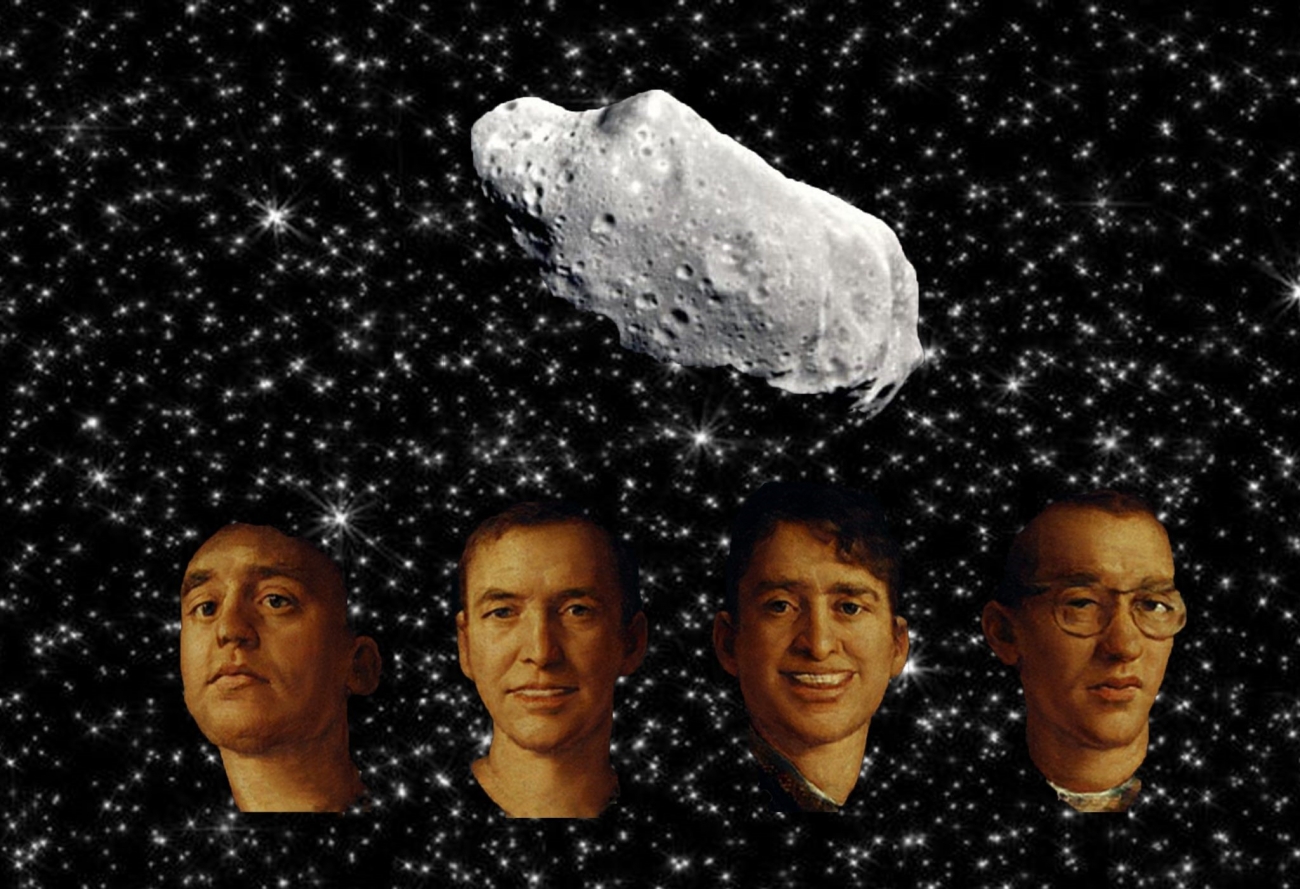The team "Space is Big" is composed of Sebastian Garcia Campos, Saad Rayees, Ridwan Fernini, and Vinayak Nair from the USA, Columbia, and India. All discovered asteroids are part of the SGAC IASC 'Find an Asteroid' 2020 Campaign! Team member, Ridwan Fernini, worked at SAASST, at the Meteorite Center, before joining Technische Unversität Berlin to pursue an MSc degree in Space Engineering.
Teams receive telescopic images, only hours old, and taken along the ecliptic. Using the software Astrometrica, they can accurately measure the time and position of asteroids moving in the background. These measurements can then be recorded in a report to be sent to IASC. Weather permitting, each team receives between 5 to 25 unique sets of images during the campaign. Team members can download each image set and search them for asteroids just hours after they have been taken along the celestial ecliptic at the University of Hawaii (Pan-STARRS). Teams use the Astrometrica software, with IASC teachers who have participated in asteroid search campaigns available through the website to answer questions by email and learn how to use the software properly. Each year 1000 teams participate from more than 80 countries. Since starting in October 2006, over 1500 asteroids have been discovered, of which 52 have been numbered by the International Astronomical Union (Paris). Numbered asteroids are recorded in the world's official minor planet catalog and can even be named by their student discoverers.
The SGAC's Near Earth Object (NEO) project group is dedicated to helping the worldwide planetary defense community meet nature's greatest challenges. The group provides a youth perspective to planetary defense through annual reports, competitions, conference attendance, and public outreach projects related to Near Earth Objects.



